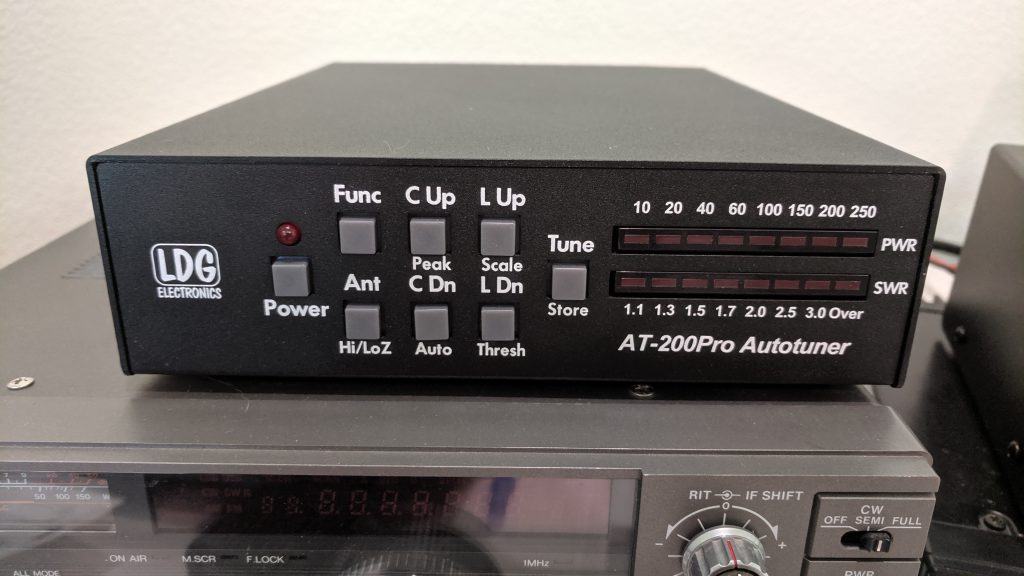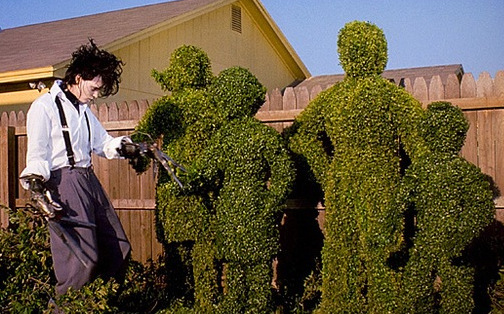CLACKY-CLACKY-CLACK!
I’ve owned an LDG Electronics AT-200Pro Autotuner for years. It’s done a great job tuning up various antennas I’ve owned over the years. I’m not sure I could be more happy with it.
So it was a little bit of a surprise recently when I fired up the rig to make an FT8 contact and the LDG unit starting making a racket. The noise level itself was not surprising. When transmitting on a frequency and/or using an antenna unknown to the tuner the unit has to do some switching internally to optimize coupling between the radio and antenna to maximize the amount of power that can be transmitted.

What was surprising is that it felt the need to do this at this time, on this frequency (14.074 MHz) and with this antenna (a MyAntennas.com EFHW-4010 end-fed long wire antenna I’ve owned for about a year). Since so much of my HF activity at the home station is on FT8 this frequency/antenna combination should have been in the tuner’s memory.
I rationalized that the tuner must have lost this setting in its memory somehow. That seemed the most likely explanation. It did successfully tune the antenna to an SWR well below 2:1. I made the desired contact and the reception report was within the range I expect for my modest home station. Moving on, I made several other contacts, including one on 40M with a reception report maybe a bit higher than average for this setup. So I forgot about this and moved on.
About a week later I was checking on things in the backyard with Penny and noticed something out of place. It was a black insulated wire hanging from the fence. My long wire antenna had been cut almost exactly in half!
The reason for this soon became clear. Thankfully, this was not the work of irate neighbors. Rather, the point where the antenna was cut exactly matched an area where our landscaping company had recently done some vine trimming along that fence. In the process of cutting back the vegetation they inadvertently decimated my antenna farm.

A Google search brought up a forum thread that included the advice that solder makes for an excellent electrical connection, but a poor mechanical one. So simply twisting the exposed wire of the two halves and soldering may not be sufficient. How to properly solder the two halves into a whole again? One site suggested the Field Wire Splice. Another site suggested the AT&T Wiremans Join, also known as the Western Union splice. According to NASA research, the wiremans join can be stronger than the original wire itself when done properly. I even found a handy YouTube video illustrating the technique. If it’s good enough for NASA it should be good enough for my 2-bit operation. Time to get to work.
My soldering skills are not world class (neither is my equipment such as the old Radio Shack soldering iron from the last century) so I won’t embarrass myself or shock you by showing my handiwork. Let’s just say I tried my best to follow the technique in the video above.
The wire is back into place. I made sure I did some extra trimming of the vines myself to ensure the yard people won’t feel the need to go near the area any time soon. I’ll need to make sure I keep an eye on this.
The ultimate proof is in the pudding. Conditions stink and my antenna is low, so those strikes against me have not changed. But I was able to load up the antenna and make a contact. So in a vague way I can declare success.